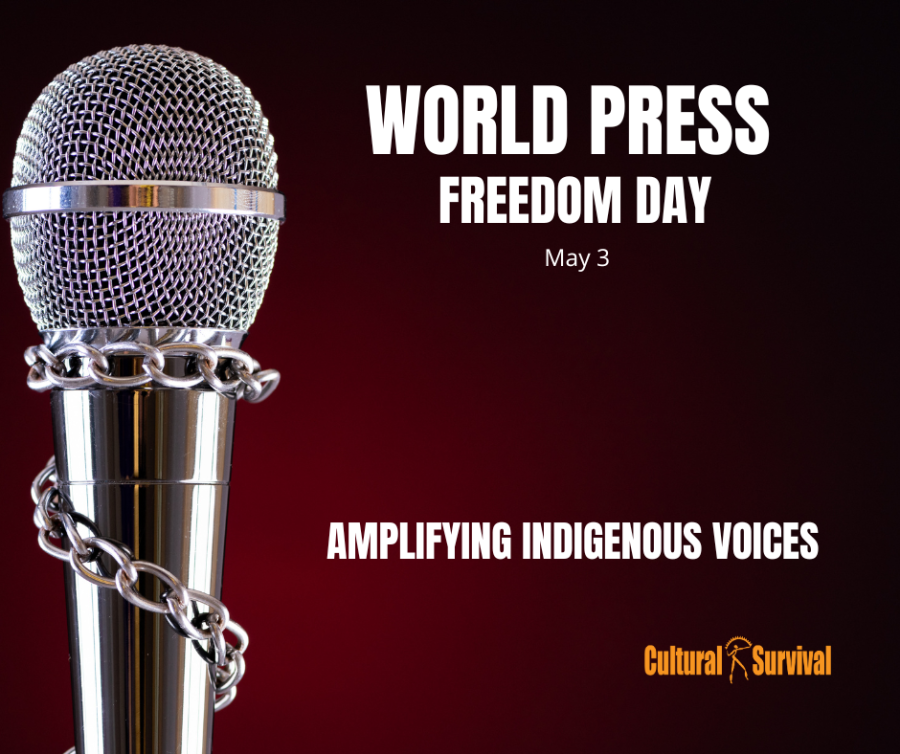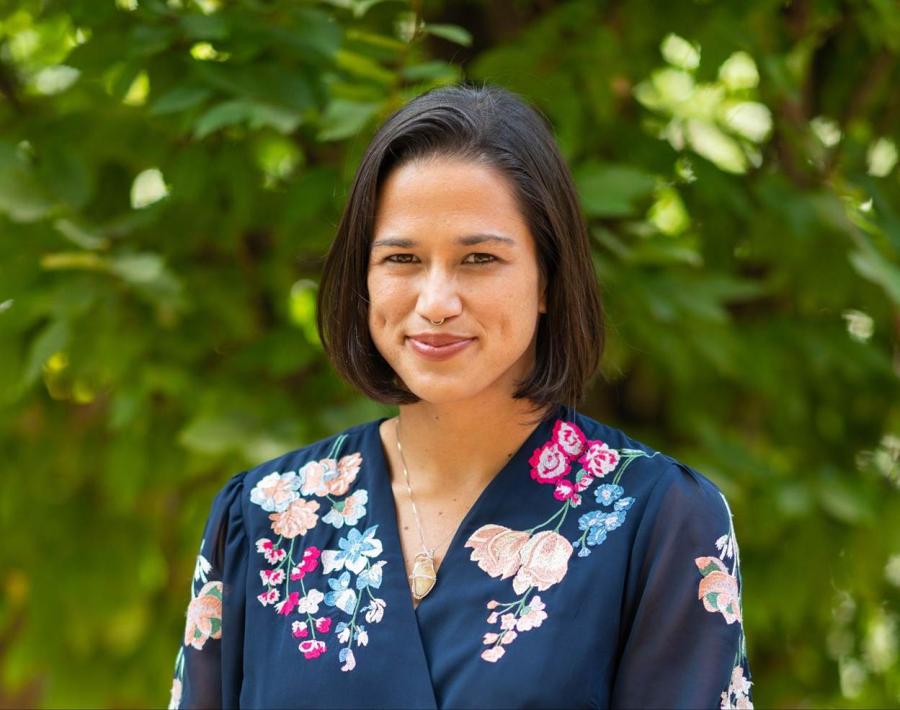
We are all aware that despite being one of the most important aspects of Indigenous lives and identities, our languages are in the most vulnerable state. Today, at least 41 percent of the 7,000 languages spoken worldwide are at some level of endangerment. If we do not take radical actions now, in 100 years about 90 percent of the world’s languages will become severely endangered and some might even go silent. Although, it is known that language loss is increasing at an alarming rate, resources and support towards grassroots community-based solutions have not been significant enough to reduce the high rate of language endangerment. Data shows that 9 languages a year, or one every 40 days, cease to be spoken. If this dangerous accelerated pace is not addressed, by 2080, the rate of language disappearance will rise to 16 languages per year and 100 years from now, more than half of all languages will no longer be spoken.
Predicated on the United Nations Declaration on the Rights of Indigenous Peoples (UNDRIP), Cultural Survival uses a rights-based approach across our holistic strategy and wrap-around programming support to Indigenous communities. We support the power of local communities and their grassroots Indigenous solutions through the equitable distribution of resources via our grantmaking, building capacity and knowledge through our Capacity Building Program, uplifting Indigenous voices through our communications, and accompanying communities in their own self-determined advocacy efforts.
At Cultural Survival, we prioritize cultural and language diversity and revitalization because we truly believe that our cultures and languages are deeply connected to protecting biological diversity. Indigenous Peoples’ traditional knowledge is key in protecting the land we have inhabited for millennia. Our languages are essential for maintaining and transmitting our traditional knowledge to future generations and maintaining our identity and roots. We believe in the sacred and interdependent relationship between the land, its Peoples, and their cultures. The erosion of culture and language leads to the erosion of biodiversity, land, and soil.
To secure Indigenous Peoples’ well being we need to let Indigenous Peoples lead the efforts to strengthen our languages and apply creative and culturally appropriate solutions that align with our cosmovisions. Languages cannot be isolated but need to be included in the cyclical interrelation that connects all aspects of Indigenous Peoples’ lives.
We call upon policymakers, governments and UNESCO to:
- Focus on increasing the number of new young speakers as a measurable goal that can help us evaluate our progress throughout the entire International Decade of Indigenous Languages (IDIL 2022-2032). Certainly, this goal requires a long-term commitment from all Indigenous communities across the globe.
- Ensure that the International Decade of Indigenous Languages includes financial and non-financial support for grassroots language projects. In collaboration with the Global Indigenous Languages Caucus, we recommend, at a minimum, a new 50-50 Protocol that would require matching every dollar spent on studying, dissecting, analyzing, or archiving our languages, with an equivalent amount being sent to Indigenous language communities to help them grow new speakers and keep their languages living within their own communities.
- Create solutions to address the issue of Indigenous language loss must be guided by Indigenous actors and community-based practitioners with proven success in creating new speakers of their own languages. The authentic representation of grassroots Indigenous advocates is critical throughout the entire Decade.
- In accordance with the Global Indigenous Languages Caucus, we emphasize the importance of drafting a UN Convention that is legally binding for the safeguarding and revitalization of endangered languages.
Photo: Ngäbe youth at Radio Silico Creek, Panama



